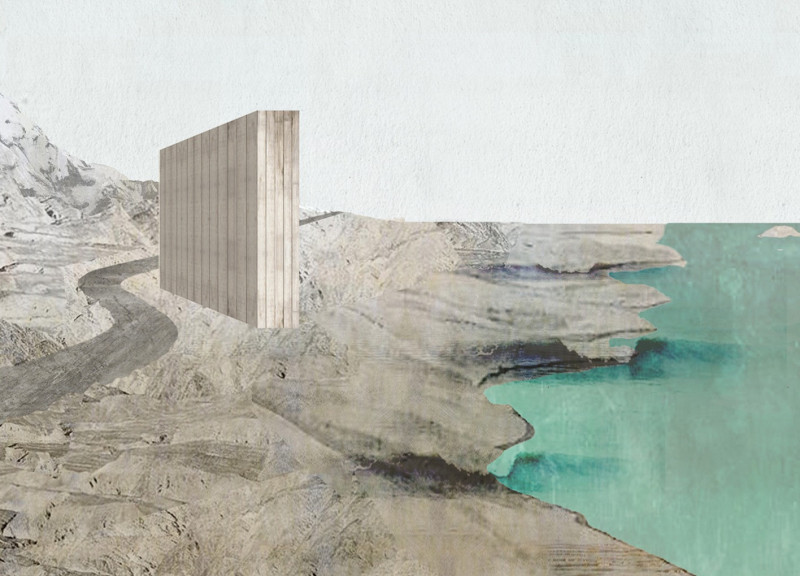5 key facts about this project
Modular Design and Functionality
Central to "Fragments" is its modular framework, allowing for individual units to be dispersed or clustered based on user requirements and site conditions. This adaptability ensures that the project can cater to various activities, such as meditation, relaxation, and social interaction, all while responding to the flow of the river nearby. Each modular unit is designed with an emphasis on functionality and spatial efficiency, ensuring optimum use of resources while maintaining a connection to the environment.
Materiality is another critical aspect of the design. The primary use of wood incorporates sustainability into the architecture, leveraging this renewable resource while providing a warm aesthetic that complements the natural surroundings. Other materials, including steel, glass, and concrete, are judiciously employed to achieve structural integrity and enhance user experience. The large glass windows allow for panoramic views, which foster a sense of openness and connection with the landscape.
Unique Design Approaches
What distinguishes "Fragments" from conventional architectural projects is its ethos of temporality and environmental integration. The modular approach not only elevates flexibility but also provides insights into user needs, which evolve over time. This project rejects the notion of permanence in favor of creating adaptable spaces that reflect the dynamic interplay between nature and humanity.
Additionally, the architectural design encourages exploration by creating a narrative journey through the landscape. Each modular unit is positioned to frame specific views and experiences of the river and surrounding nature, inviting users to engage with their environment on multiple levels. The careful consideration of placement and orientation maximizes user interaction with existing natural elements, further enriching the overall experience.
Spatial Relationships and Human-Centric Design
The spatial organization within the project emphasizes human-centered design, promoting moments of pause and interaction amongst users. By creating designated service points and communal spaces, the architecture supports social connectivity while fostering individual reflection within distinct settings. The arrangement of these spaces highlights the importance of thoughtful circulation paths, directing movement and encouraging exploration of both the built and natural environments.
For further insights into this project, including architectural plans, architectural sections, and architectural designs, readers are encouraged to delve deeper into "Fragments." This examination will provide a comprehensive understanding of the unique architectural ideas and innovative approaches that define this project.


























